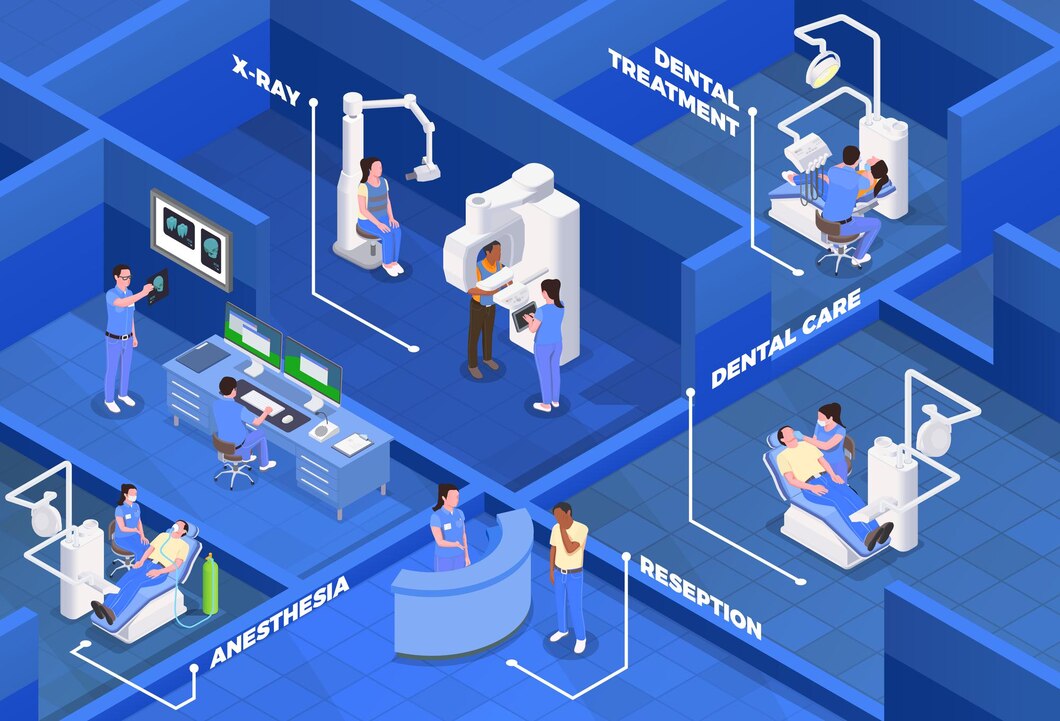Robotic surgery represents a significant leap in medical technology, providing surgeons with tools that enhance their precision and dexterity. Since its introduction, robotic surgery has evolved, leading to numerous innovations that have reshaped surgical practices. This article examines the key innovations in robotic surgery, highlighting both the benefits and potential downsides.
Understanding Robotic Surgery
Robotic surgery involves the use of robotic systems to perform surgical procedures. These systems are typically controlled by surgeons through a console, which translates their movements into precise actions by robotic arms equipped with surgical instruments. The most well-known robotic surgical system is the da Vinci Surgical System, which has been widely adopted in various surgical specialties.
Innovations in Robotic Surgery
1. Enhanced Visualization:
-
Robotic systems provide high-definition, 3D visualization of the surgical site, allowing surgeons to see structures with greater clarity than traditional techniques. This improved visualization aids in accurate dissection and suturing.
2. Precision and Control:
-
Robotic arms can perform delicate maneuvers with precision beyond human capabilities. The elimination of hand tremors and the ability to scale movements enhance surgical accuracy, particularly in complex procedures.
3. Minimally Invasive Surgery:
-
Innovations in robotic surgery have advanced minimally invasive techniques, reducing the need for large incisions. Smaller incisions lead to less postoperative pain, shorter hospital stays, and quicker recovery times.
4. Remote Surgery:
-
Tele-surgery, or remote surgery, is an emerging innovation where surgeons can perform procedures from distant locations using robotic systems. This has the potential to provide access to specialized surgical care in remote or underserved areas.
5. Integration with AI and Machine Learning:
-
The integration of AI and machine learning with robotic surgery systems is an exciting development. AI can assist in preoperative planning, intraoperative guidance, and postoperative analysis, further enhancing surgical outcomes.
6. Haptic Feedback:
-
Advances in haptic feedback technology aim to provide surgeons with tactile sensations during robotic procedures. This feedback can improve the surgeon's sense of touch and spatial awareness, potentially enhancing surgical precision.
Pros of Robotic Surgery
1. Improved Precision and Accuracy:
-
The enhanced precision of robotic systems allows for more accurate surgical interventions, reducing the risk of complications and improving patient outcomes.
2. Reduced Trauma and Scarring:
-
Minimally invasive robotic procedures result in smaller incisions, leading to less trauma, reduced scarring, and faster recovery times compared to traditional open surgeries.
3. Enhanced Ergonomics for Surgeons:
-
Robotic systems are designed to reduce surgeon fatigue by providing ergonomic consoles. This can lead to improved focus and performance during lengthy procedures.
4. Greater Access to Difficult Areas:
-
Robotic arms can navigate and operate in confined spaces that may be challenging to access through traditional methods. This capability is particularly beneficial in complex surgeries.
5. Consistency and Reproducibility:
-
Robotic systems provide consistent performance, reducing variability in surgical outcomes and improving overall quality of care.
Cons of Robotic Surgery
1. High Costs:
-
The acquisition, maintenance, and operation of robotic surgical systems are expensive. These costs can be a barrier for many healthcare institutions and may lead to higher costs for patients.
2. Steep Learning Curve:
-
Surgeons require extensive training to become proficient in robotic surgery. The learning curve can be steep, and inexperienced operators may face challenges in achieving optimal outcomes.
3. Limited Haptic Feedback:
-
Despite advancements, the lack of tactile feedback in some robotic systems can be a drawback. Surgeons rely on visual cues rather than the sense of touch, which may affect certain procedures.
4. Potential for Technical Issues:
-
Robotic systems are complex and can be prone to technical malfunctions. Equipment failures during surgery can pose significant risks to patient safety.
5. Accessibility and Availability:
-
Robotic surgery may not be widely available in all healthcare settings, particularly in rural or resource-limited areas. This can limit patient access to advanced surgical care.
Future Directions
The future of robotic surgery is promising, with ongoing research and development aimed at addressing current limitations and expanding capabilities. Future advancements may include more intuitive user interfaces, improved haptic feedback, enhanced AI integration, and cost reductions. These innovations have the potential to make robotic surgery more accessible, efficient, and effective.
Robotic surgery has brought about significant advancements in the field of surgery, offering numerous benefits such as improved precision, reduced trauma, and enhanced ergonomics for surgeons. However, it also presents challenges, including high costs, a steep learning curve, and limited haptic feedback. By understanding both the pros and cons, healthcare providers and patients can make informed decisions about the use of robotic surgery in medical practice.




